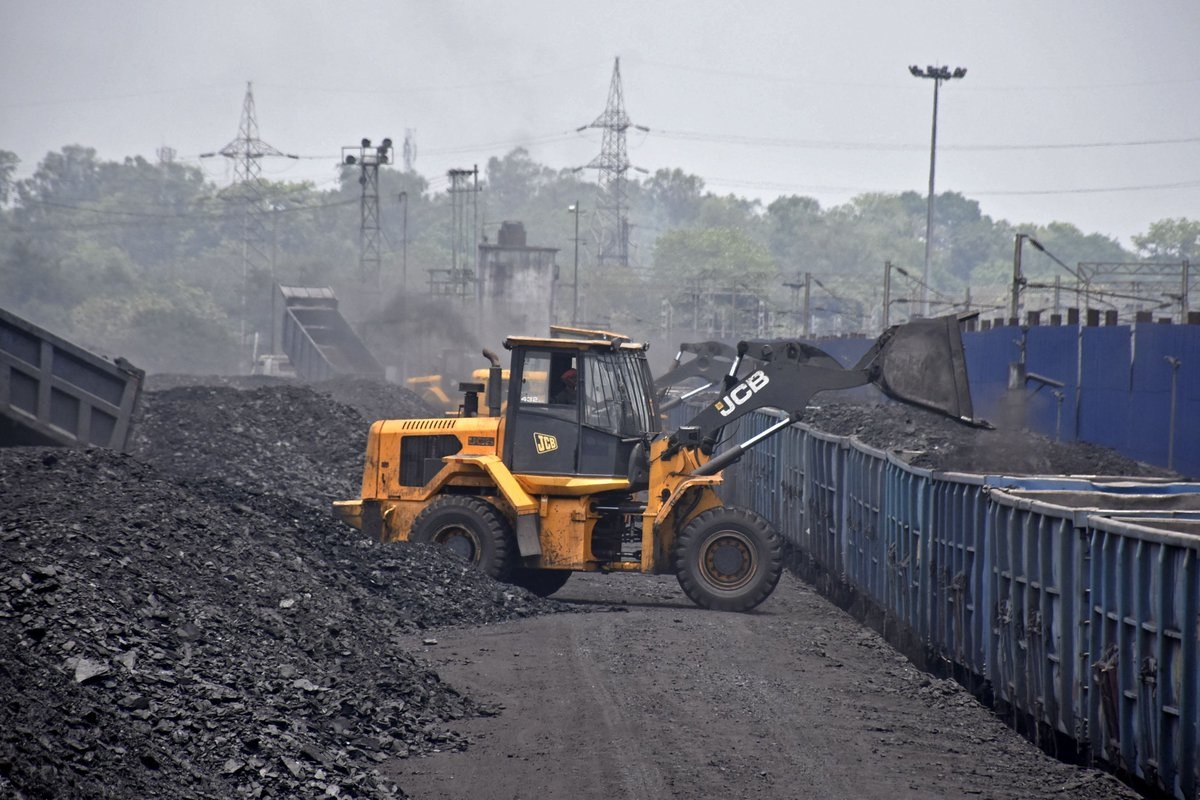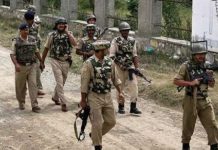
The power demand in the state has increased by about 35% this year. Given the fast depleting coal stocks at all the five power thermal plants ahead of the upcoming water-guzzling paddy sowing period through tubewells, the crisis seems set to aggravate. A report by Rajesh Moudgil
The power pangs in Punjab, which is already experiencing long outages for the past over a month, are set to aggravate during the next few weeks given its empty exchequer, scarce coal stock and a steep rise in the demand this summer.
While the maximum power demand in Punjab this summer season is above 9500 MW (peak hours), the daily power supply is about 2,000 lakh units. The power demand in the state has increased by about 35% this year and so has the power supply by the Punjab State Power Corporation Limited (PSPCL).
Last year, during the same period, the maximum power demand was about 6,000 MW and the daily power supply was about 1,300 lakh units. Against this, the total installed thermal capacity of all the five plants this summer season is 5,680 MW. The total installed hydel capacity is 1180 MW.
However, given the steep jump in the power demand and the fast depleting coal stocks at all the five power thermal plants this time ahead of the upcoming water-guzzling paddy sowing period through tube-wells, the crisis seems set to aggravate.
The fast depleting coal stock at the Ropar thermal power plant, the Lehra Mohabbat thermal plant (Bhatinda), Talwandi Sabo thermal plant (Mansa), and the Goindwal Sahib plant (Tarn Taran) had only for a few days, though the only exception was, the state’s fifth thermal plant at Rajpura, which had coal stocks for about two weeks.
Experts in the power sector anticipate that the peak demand during the forthcoming paddy season – from around mid-June to mid-September – would be 16,500 MW and hence the enhancement in total transfer capacity/available transfer capacity (TTC/ATC) from the grid has been enhanced to 8,500 MW and 9,000 MW, from 7,000 MW/ 7,600 MW last year. Under banking arrangements with other states, the PSPCL is likely to get 2,000-2,500 MW during peak paddy season from June to September this year, they say.
The All India Power Engineers Federation (AIPEF) spokesperson V K Gupta says that the PSPCL is facing financial strain due to non-payment of pending electricity dues by various government departments and on account of free power to agriculture and subsidised power to other sets of domestic and industrial consumers.
In the absence of timely support from the Punjab government, the PSPCL has been forced to go for the short-term loan of Rs 500 crore even for the purchase of power in April this year.
The pending payments of electricity bills up to April ending this year from 45 government departments to PSPCL is Rs 2,650 crore and the PSPCL resorts to maximum power purchase from the start of paddy season from June 10 to September 10. For purchasing power, through exchange, only cash payment is done.

According to information, the pending subsidy for the last year stands at about Rs 7,000 crore while the subsidy for the current financial year would be about Rs 13,000 crore and that does not include the additional subsidy for free 300 units for every household from July next announced by the new Aam Aadmi Party (AAP) government. The same was one of the main promises made by the AAP – which won 92 seats out of the total 117 – ahead of February polls.
The AAP is, however, already at the receiving end due to long power cuts for all the sectors, and protests from people, especially farmers are commonplace in the state. The leaders of the main opposition party – Congress – in Punjab have also torn into the chief minister Bhagwant Mann-led AAP government.
The leader of the opposition (LoP) Partap Singh Bajwa has appealed to the union government to bail out Punjab as the state nears a blackout, while the former state Congress chief Navjot Singh Sidhu held a protest outside the Rajpura thermal power plant while a farmers’ union led by Joginder Singh Ugrahan protested in Mansa.
Bajwa said that if the government of India would not bail Punjab out, there would be a complete blackout in Punjab in the coming days. It is a very serious situation and Bhagwant Mann is touring Delhi to see the swimming pools while his own state is sweating and is in the worst electricity crisis, Bajwa added.
THE WAY AHEAD
However, in a first in the state, the conventional method of sowing paddy saplings in puddled fields has been staggered into four phases beginning June 18 by dividing the state’s 23 districts into four zones, with an aim to lessen the burden on the use of power and conserve the subsoil water.
According to the experts, the staggering of transplantation would conserve the subsoil water as with the delay, sowing would coincide with the monsoons and the power would also be saved.
The paddy sowing in the state by direct-seeded rice (DSR) method would start from May 20 and is likely to be over by May 31 while the setting up of nurseries for preparing saplings for transplanting paddy would not be allowed before May 18.
The Punjab government has announced an incentive of Rs 1,500 per acre for the paddy cultivated with the DSR method. The total cost of the incentive is likely to cost the state exchequer about Rs 450 crore.
The experts say that by staggering the paddy cultivation, the burden on PSPCL would be eased as the previous system of starting cultivation in the entire Punjab on a single day pushed the peak load to 15,500 MW. However, if it is staggered by a week, the transplantation in the districts that come in the first phase would be almost over when the district in the fourth cluster gets the turn.
Meanwhile, in another development, the state power minister Harbjahan Singh has also said that the power generating units would soon start getting coal supplies from Punjab’s coal mines in Pachwara of Jharkhand. He said that in comparison to the previous years, demand for power had increased by about 40% and a few power-generation units were shut down due to different reasons that hit the power supply.













